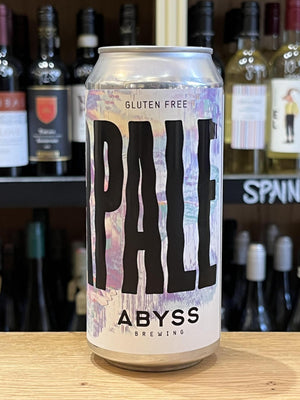Remember that summer holiday in Rome, wandering around the Collosseum and eating pizza every night for dinner? Chances are you would indulge in, or just witness, having a little tipple prior to sitting down to your evening tagliatelle al ragu. This is an aperitif (or in Italy it is an Aperitivo) – but what really does that mean?
An aperitif is served prior to a meal to stimulate the appetite and get those taste buds tingling! It is generally dry in taste – some good examples are Campari and Aperol; bitter, herbaceous vermouths served primarily in Italy as Aperitivo’s with soda. There are a range of varieties of alcohol that can be served as an aperitif, it isn’t limited to one. For instance, in France you are more likely to have a Kir or a Kir Royale, made with Cassis – a blackcurrant liqueur - topped up with either still white wine or champagne, whereas in Greece you would be poured a glass of Ouzo, a liquorice-like, distilled spirit. Ya Mas! They are light, easy-going and prepare your stomach for the meal ahead.
A digestif is served after the meal and is used as an aid to digestion and is sweeter in taste than aperitifs, for instance Madeira, a fortified Portuguese wine that ranges in style from dry to sweet. Digestif’s often accompany desserts, either with or without coffee, yet can be used as the dessert itself due to the sweet taste and are often higher in alcohol due to the higher sugar content. A great example of a sweet digestif is Esprit de Figues Liqueur, a Burgundian delicacy that is rich in tastes of honey, fig jam and peach. However, they aren't always sweet - after all, these drinks are to aid digestion and as so can come in a range of styles. Alternatively, a great dry example of a disgestif is Cynar, a bittersweet, herbal liqueur made using artichokes leaves.
Whatever your preferred tipple, just know we have you covered from start to finish!








